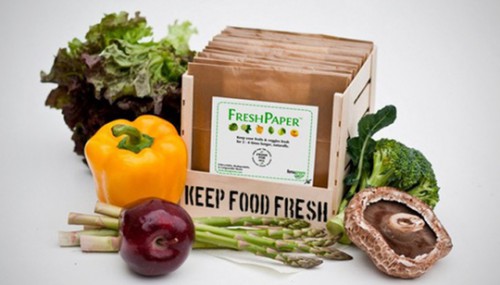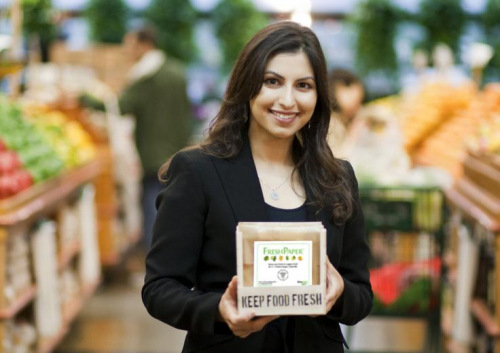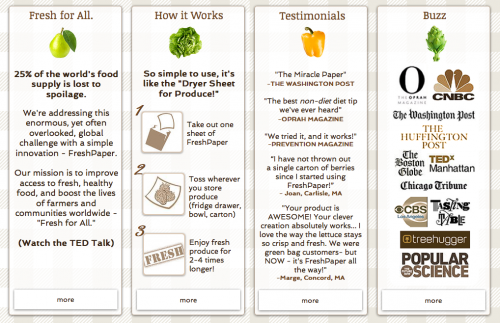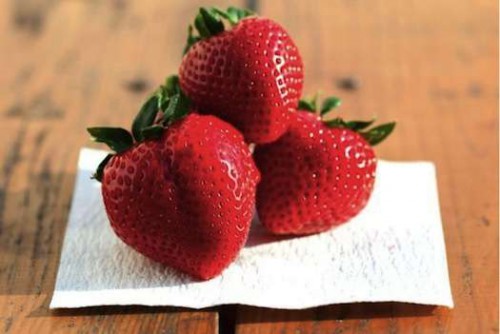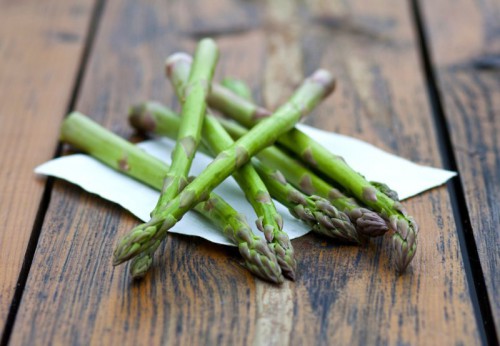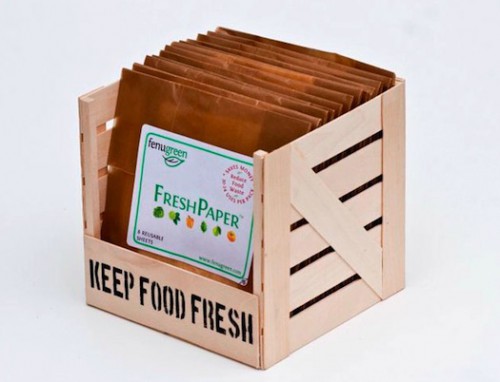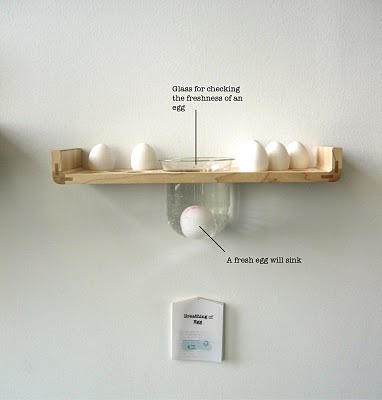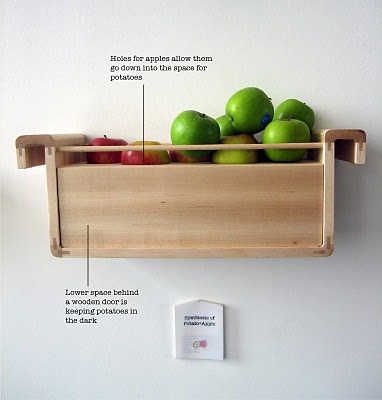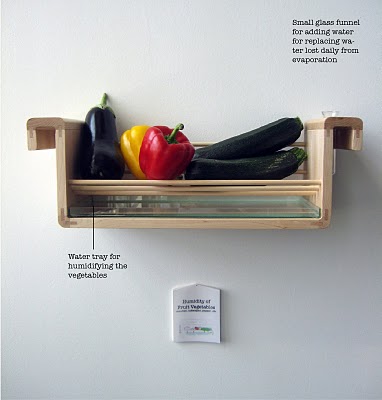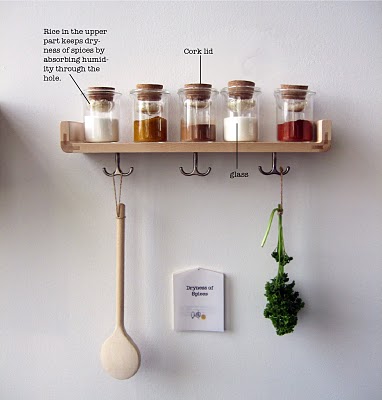For many families, the centerpiece of Christmas celebrations is the luminous, awe-inspiring tree decorated with care in the living room. But with all the options now available, how do you know which Christmas tree is the greenest choice for the environment?
The question for many is deciding between a real, fresh tree or a fake tree.
According to the National Christmas Tree Association (NCTA) nearly 29 million households purchase a live tree each year. Most Christmas trees are now raised on established farms, meaning deforestation isn't an issue, but they must be shipped, often over long distances. They do require pesticides and fueled vehicles to maintain and transport, and often end up taking up space in landfills.
On the other hand, most artificial Christmas trees are made in China, typically from oil-derived, pollution-releasing polyvinyl chloride (PVC). A number have been found to contain lead. Once finally disposed of, artificial trees will last for centuries in landfills. Roughly 70% of Americans choose artificial trees these days.
Advocates of "going artificial" point out that a one-time purchase of a fake tree can save gas otherwise used for annual trips to a tree farm or shopping center, not to mention for cross-country shipping of the tree to the point of sale. If your family keeps the faux fir for many years, even generations, the oil savings could certainly add up to more than what it took to make and ship the product in the first place. But that is an "if," and all too often people upgrade to a fancier model, or abandon their old one after a move or after the boughs get bent in the attic.
So, what's the "greenest" Tannenbaum? While a number of factors are to be considered, including where you live, how you celebrate and precisely what you buy, there is no one-size-fits-all answer.
Going with a real tree?
Try to choose something locally and organically grown. You'll cut down on CO2 emissions and help prevent the environmental degradation wrought by pesticides on big conventional operations. The
NCTA locator site features a list of beautiful live Christmas tree providers across the country. When you are finished with your tree, be sure to convert it to mulch or compost.
Going with an artificial tree?
Try to choose one that is made in the U.S., this greatly decreases the chances for contamination with lead or other toxins, preserves domestic manufacturing jobs and reduces shipping. If you must get rid of your artificial tree, check with local charities, shelters and churches to see if they can use it. Most recycling programs do not accept them, and they'll take many centuries to degrade in landfills.
Growing a tree?
Buy a living, plantable "bulb" tree. Inside, the tree can wear ornaments and garland, and after Christmas it can be transplanted outdoors. You'll be adding to the planet's lungs and fighting global warming, as well as providing wildlife habitat. If you live in an apartment, or don't have room in your yard for an evergreen, see if you can donate it to a person or place within your community.
Going with creativity?
Try to fashion your own "tree" from items around your home or even natural materials like driftwood, pine boughs or cones, branches and similar. You won't be contributing to any new resource use and will be giving your own creativity a chance to flourish.









